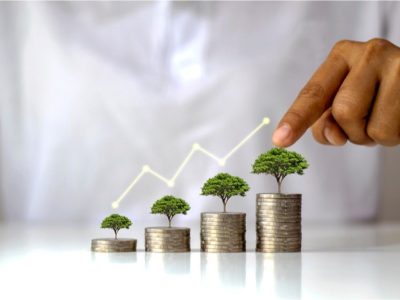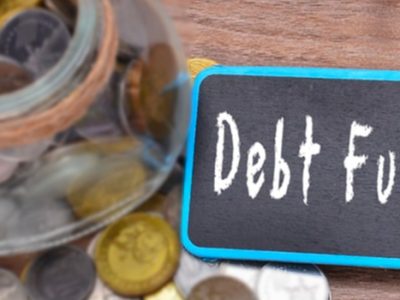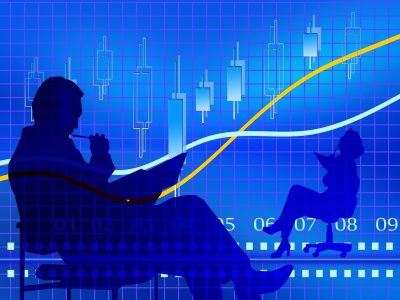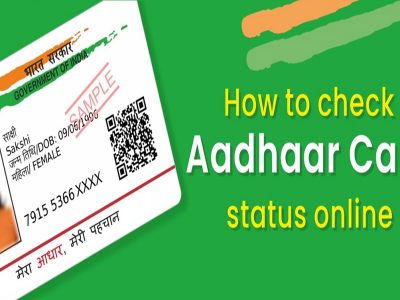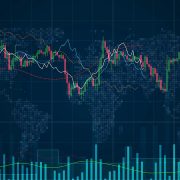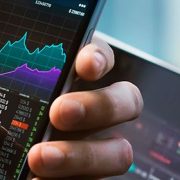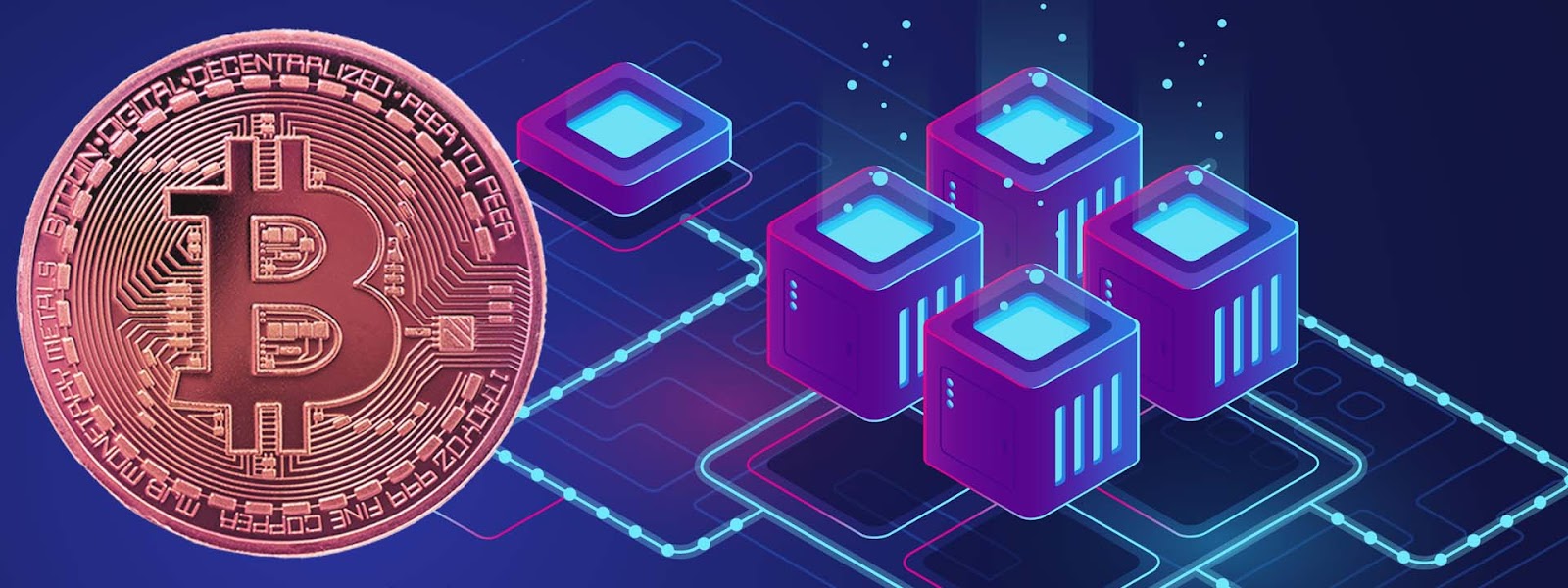
In a blockchain or distributed ledger technology (DLT), individual machines or nodes are protected by cryptography and perform transactions by using specific protocols. Each transaction forms a block that is connected to the one before it, and every node validates each transaction before it is approved. A digital asset or token is typically created as a result of these transactions and validations.
In spite of its origins as a platform for cryptocurrency platforms such as Litecoin, Ethereum and Bitcoin, blockchain provides an extremely high level of security due to the independent verification processes taking place across all computers on a blockchain network. Because of this, the technology has found applications in a wide range of industries.
In all cases, blockchain is used to perform transactions and manage digitized assets of some significance or value for network participants. These assets can be viewed and managed using specialist tools.
Blockchain Explorer
A blockchain explorer functions as a search engine for data within a blockchain network. Users have access to different details relating to transactions on specific wallet addresses (Bitcoin wallet or any other wallets) and blockchains using tools such as Bitcoin Blockchain Explorer or BTC Blockchain Explorer in a cryptocurrency environment. Transactions may be listed according to their amount, source, and destination, as well as their status. Blockchain explorers allow users to access virtually any data related to transactions, wallets, and blockchains, including rich lists and hidden messages.
Blockchain explorer software draws information from a network using an application programming interface (API) and blockchain node. It organizes the extracted data in a database and presents it to the user in a searchable format. As a result of user input, the explorer searches the database through an organized table.
Blockchain explorers allow users to search and explore data about recently mined blocks or recent blockchain transactions. Some programs display a live feed of blocks as they are mined, along with their data.
Users can also explore blockchains through blockchain explorers in addition to these features:
- Users can audit wallet addresses and see their transaction history, improving blockchain transparency.
- For reducing transaction fees, consider using transaction receiving addresses and change addresses, which are outputs that return tokens to spenders.
- With Mempool Status, you can explore the unconfirmed transactions on a blockchain and their details.
- You can explore orphaned blocks, which are blocks whose parent blockchain is unknown, even after mining.
- Find stale blocks whose parents are known but who are not connected to the longest chain.
- Users can explore the day’s largest transaction in some programs.
- In some blockchain explorers, users can also see how many double-spend transactions are occurring.
Other blockchain explorers include Blockchair (which provides search facilities for over 20 popular blockchains), Tokenview (which offers search facilities for over 20 popular blockchains), and Etherscan (the most popular Ethereum blockchain explorer).

